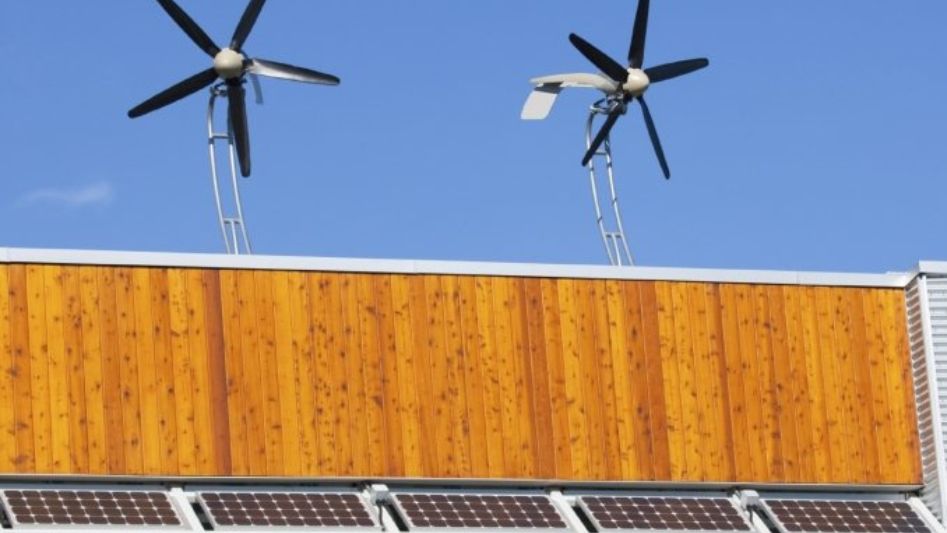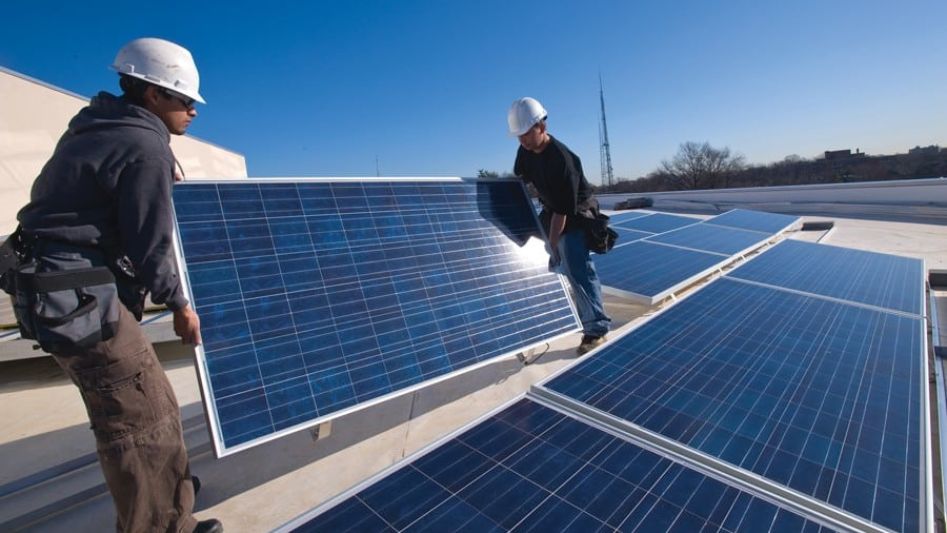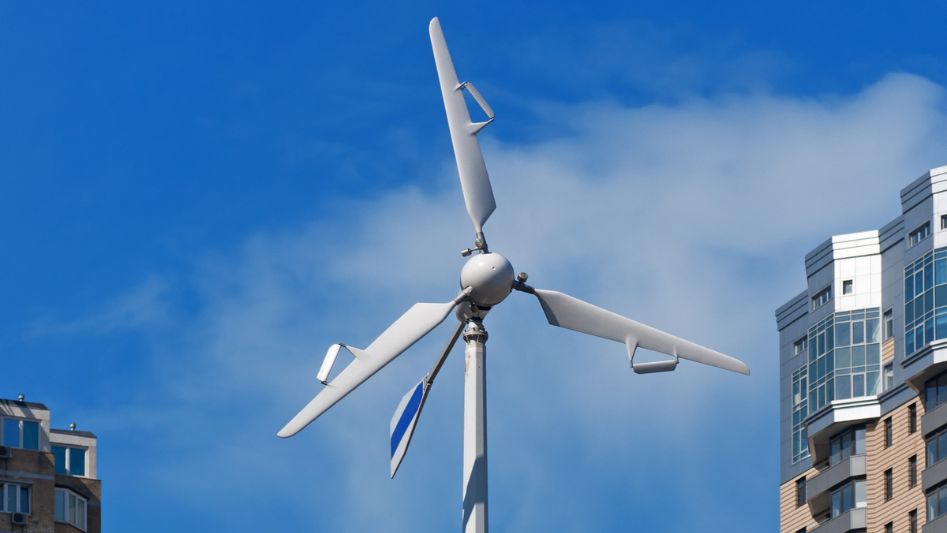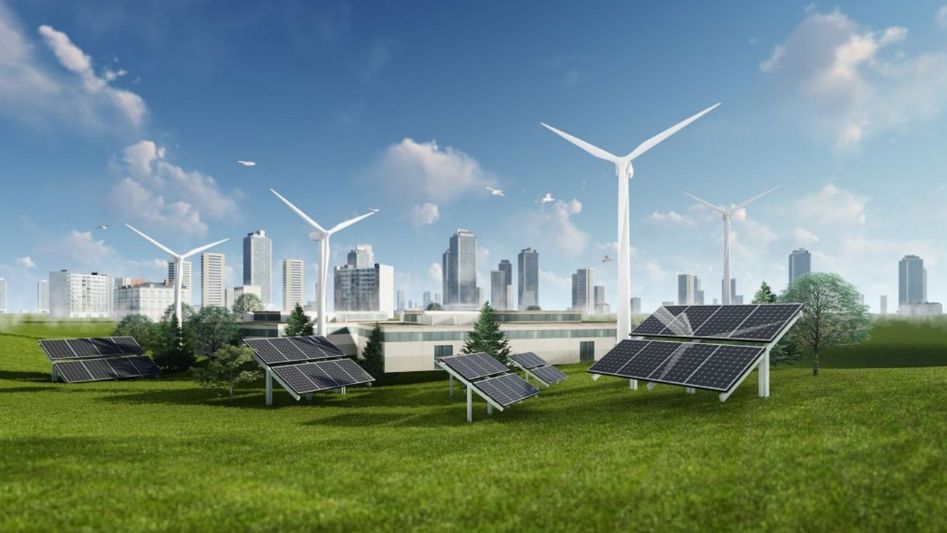When the Swedish business Vattenfall decided, in 2018, to integrate wind, solar, and battery storage resources at this ground-breaking energy park in the Netherlands, its primary objective was to show a clean energy resource synergy that was both cost-effective and dependable. Since it was finished, the 72-MW project has evolved into the company’s strategy for the foreseeable future.

The island of Goeree-Overflakkee, which is located in the Dutch river delta in the southern part of the province of Zuid-Holland in the Netherlands, has struggled with the effects of climate change over the course of its history. The island is encircled by a number of different bodies of water, including Haringvliet to the north; Volkerak-Randmeer to the east; Grevelingenmeer and Krammer to the south; and the North Sea to the west. Over the course of many centuries, the island has increased its land mass via the reclamation process, but it has also battled to prevent floods by constructing dams, dikes, and sluices. Goeree-Overflakkee has actively championed climate adaptation in the Netherlands because it is keenly aware of the challenges of sea rise. However, it has also spearheaded important mitigation efforts in a country that has long been dependent on fossil fuels for electricity and heating. The Netherlands has been using fossil fuels for power and heating for a very long time. The area is known throughout the Netherlands for its unspoiled natural landscapes. It has been working toward its goal of being a model for sustainability for more than a decade, and it has a very ambitious goal of becoming energy neutral and self-sufficient by 2020.
In November 2018, Vattenfall decided to invest €26 million in a wind farm located north of Goeree-Overflakkee island, between Middelharnis and Stad aan ‘t Haringvliet, close to Rotterdam. This decision was made to assist the region in meeting its sustainability goals. During that time, Vattenfall had also just made headlines for kicking up its own environmental initiatives. The company, which the Swedish government wholly owns, was emerging from years of losses caused by rapid changes in European energy markets, and it had recently revised its investment strategy to reflect “a 1.5-degree target” and a “goal of fossil-free living within one generation.” These were both goals that the company wanted to achieve within the next generation.
Almost immediately, Vattenfall got the project off the ground by negotiating contracts with Nordex Group to purchase six N117 wind turbines with a total nameplate capacity of 22 MW. Additionally, it awarded the contract for the project’s civil works to BAM Infra, which included the laying of cables and pipes for the wind farm. But in August 2019, it announced plans to spend an extra €35 million on a solar photovoltaic (PV) park next to the wind turbines and a big battery facility with a 12 MW capacity that would share the same grid connection.
The bold move to develop the Haringvliet Zuid Energy Park as a hybrid project—one of Europe’s largest at the time—was a novelty for Vattenfall, but it was strategic, according to Margit Deimel, Vattenfall’s director of Sun and Batteries. Vattenfall’s hybrid project was one of the largest at the time. “Generation, storage, and grid connection all utilize the same infrastructure, and as a result, we are able to run our operations more efficiently and at a lower cost,” she said.
Three Integrated Parts
The construction work on the project got off to a good start right away, beginning with the setting up of the six Nordex wind turbines, which came all the way from Germany and were brought there by road through the night. The business had started preparing to install the solar panels by the time February 2020 rolled around, when the first wind turbine blades were being erected. In the end, the wind turbines were installed within two months, but installing the 115,000 solar panels throughout the project’s 40 hectares of land took an additional six months.
In April of 2021, German solar industry expert BELECTRIC, responsible for building and commissioning the solar power system, announced that the solar farm was finished. The company, which will now be responsible for the operation and maintenance of the solar project for the next two years, observed that the undertaking required a greater degree of vigilance in coordinated planning and construction as well as for the project-specific functionality of its supervisory control and data acquisition (SCADA) system. According to the report, the group “designed and successfully implemented optimized systems for monitoring and operating the solar park.” These systems took into account changes in market prices, weather predictions, and the needs of the electricity grid.
During this time, preparations were also being made to install a 12-MW energy storage system in a total of 12 shipping containers. Six of the containers were outfitted with 288 BMW batteries, while the other six included supporting equipment such as inverters and transformers. Additionally, the project includes the construction of a battery substation. The battery system was built and kept in containers at a facility. The Dutch grid equipment company Alfen was the main company that worked on it.
Setbacks: COVID and a Fire
However, in March of 2020, the Dutch government implemented stricter regulations in an attempt to curb the spread of the COVID-19 epidemic. This resulted in the sudden cessation of progress on the project. Vattenfall was dedicated to preserving a secure environment at the construction site; therefore, the company proceeded with caution while developing the project with fewer workers and longer hours.
Another significant setback for the project occurred in December 2020 when a fire broke out at the wind turbine situated at the location closest to the community of Middelharnis. An analysis conducted after the incident revealed that condensation on the terminals was the root cause of the flashover that triggered the fire. A problem in the medium-voltage divider was also one of the factors that prevented the issue from being remedied in a timely manner. Due to the extensive damage, the turbine had to be reconstructed with brand new medium-voltage distributors, transformers, converters, nacelles, and masts. However, according to Vattenfall, the blades were utilized more than once. The refurbished turbine was restored to its original location in August of 2021.
A Blueprint for the Future

In March of 2022, after passing a series of rigorous inspections, the Haringvliet energy park was given the green light to begin operating for commercial purposes. Although the plant was built to create 140 GWh of power yearly, whether or not it really does so is contingent on the demand of each season. “During the day, solar panels generate electricity, but wind turbines in our nation often have a greater capacity to do so at night. According to Vattenfall, wind turbines provide the most amount of power during the winter, while solar panels are responsible for this during the summer. Both work in conjunction with one another throughout the year.
As a consequence of this, they are readily able to utilize the same grid connection, which means that less electricity must be reserved in the grid and that the connection is used much more often throughout the year, “the report said further. According to the business, the battery guarantees that the net production from the solar and wind sources stays in balance. “Dependent on the circumstances, they either provide a tiny bit of more power to the grid or, on the other hand, they store energy. A software system that was made in-house makes sure that all of the parts work together as well as possible.
The construction of the hybrid plant has primarily shown major efficiency benefits for Vattenfall that are connected to the development of projects. It was pointed out that there are an infinite number of advantages. “Taking the development of a wind farm as an example, the preparation might easily take ten years. Significant time savings may be realized when planning is done with solar power and battery backup in mind from the beginning. Building an energy park that incorporates all three technologies at once is more cost-effective than developing each of them individually. After all, they use the same substation, the same cables, the same roads for maintenance, and the same connection to the grid, and the earth only has to be broken once. “
However, the advantages of the initiative have also been extended to the customers. “Because the grid link is utilized more effectively, less capacity has to be allocated to the grid, and reinforcement of the grid may be concentrated on just one site. According to the corporation, one additional benefit is that the limited technical team is only sent once to establish a link to the grid. This implies that the energy transition may be completed at a faster pace.
Biodiversity, Community Benefit a Key Focus
The fact that the hybrid project effectively uses the available space is another advantage of the hybrid approach. A design that is as compact as this one frees up more room in the surrounding region for various activities, such as agriculture and pleasure. Additionally, the effect on the landscape is reduced, according to Vattenfall.
Vattenfall made it a point to collect feedback from local people, interest groups, the municipality, the province, and the network operator to develop the park’s final layout via area workshops. The original concept for the Haringvliet Zuid Energy Park was later transformed into that of a “nature-inclusive” facility. For instance, the business said that it complied with community demands to enable the building of a cycling path and a “viewing hill,” and that it maintained the height of the panels at less than 1.5 meters “so that passers-by may look above it.”
In the meantime, in order to maintain Goeree-reputation Overflakkee’s as a picturesque and ecologically concerned community, the energy park has been planned to accommodate biodiversity and the landscape’s natural beauty. According to what Vattenfall saw, the outskirts of the park have flowering plants and reeds planted in them so that a wide variety of water creatures, reed birds, and insects may flourish there. Additionally, open strips inside the park have been seeded with native plant mixtures, and Vattenfall has investigated the possibility of enabling local beekeepers to put bee colonies within the energy park. According to what was written, “this would include organic beekeeping, in which the honey would not be utilized for consumption.”
In yet another significant facet connected to the project’s construction, Vattenfall joined forces with several other regional wind project developers to form a “wind fund.” Residents and local groups will be able to utilize the earnings from the initiative to assist local initiatives. The program will be funded by yearly payments from owners of wind farms established after 2016. Vattenfall also said that it gives yearly payments to the people who live near the wind farm.

According to Vattenfall, the outcome has been quite encouraging. “Local authorities are really pleased with the small design, which nonetheless generates the greatest amount of sustainable energy. This initiative has the support of the grid operator since it makes more effective use of the combined electrical grid and integrates more easily. It was said that local inhabitants have expressed their satisfaction with the integration of the new structure with the surrounding scenery. In a nutshell, the benefits of an energy park such as this one are so substantial that, in the future, Vattenfall will study from the very beginning if there is potential to use several technologies side by side. It would help a lot if local governments took this into account more in their plans for regional energy.
You May Also Like
What Are Wind Turbine Blades Made Of? Could They Be Recycled?
What Is A Vertical Axis Wind Turbine (VAWT)?
Vertical Axis Wind Turbines. Can They Work Together?

